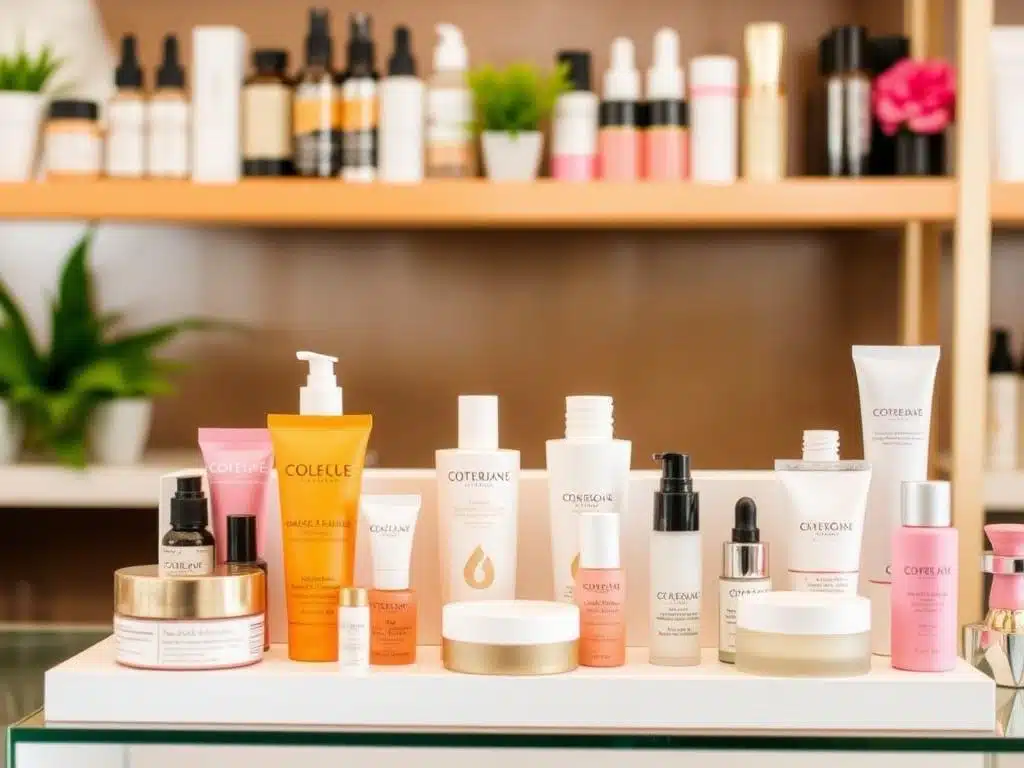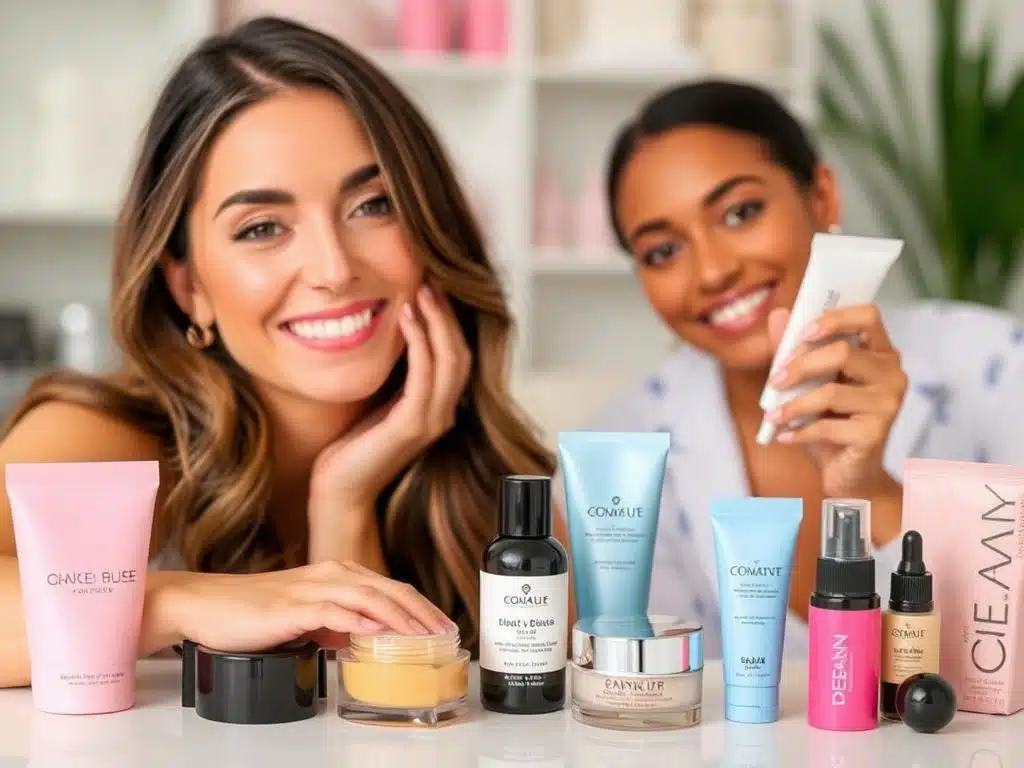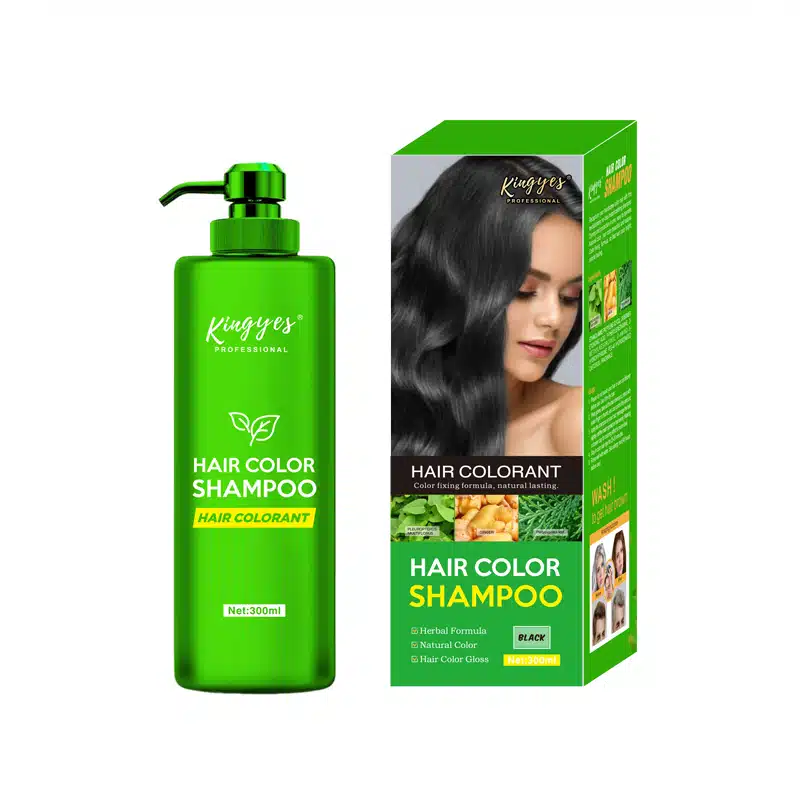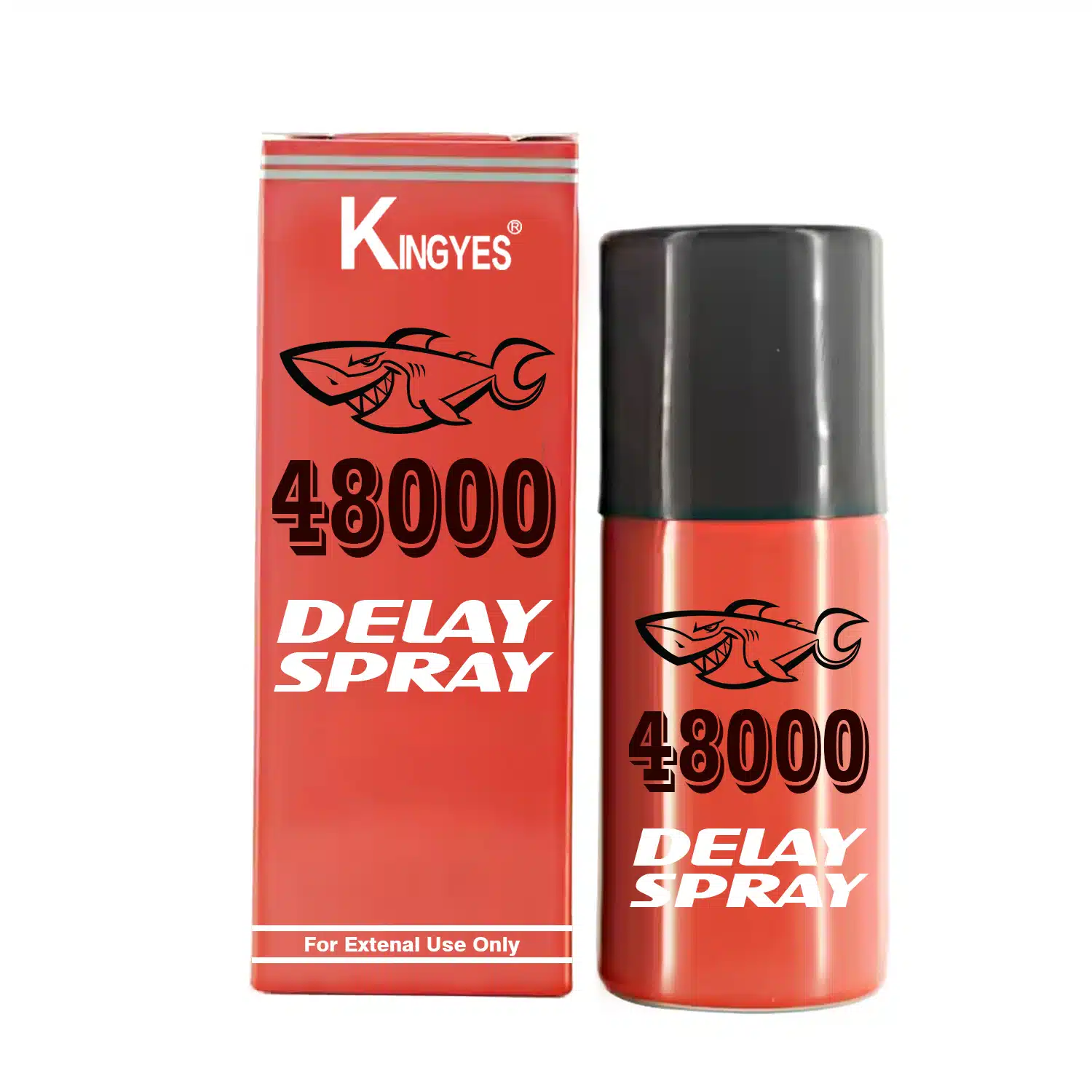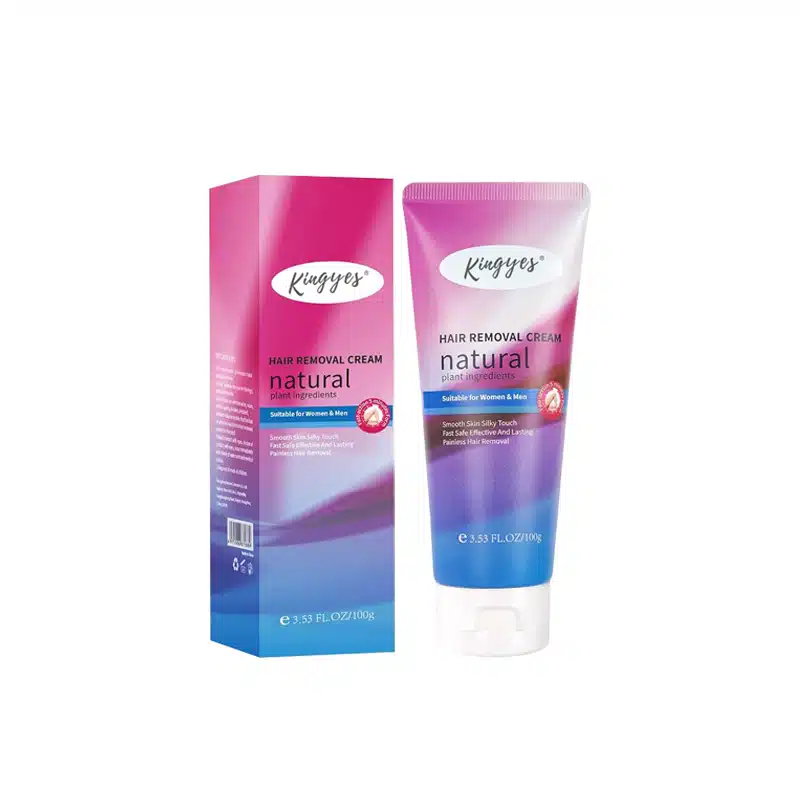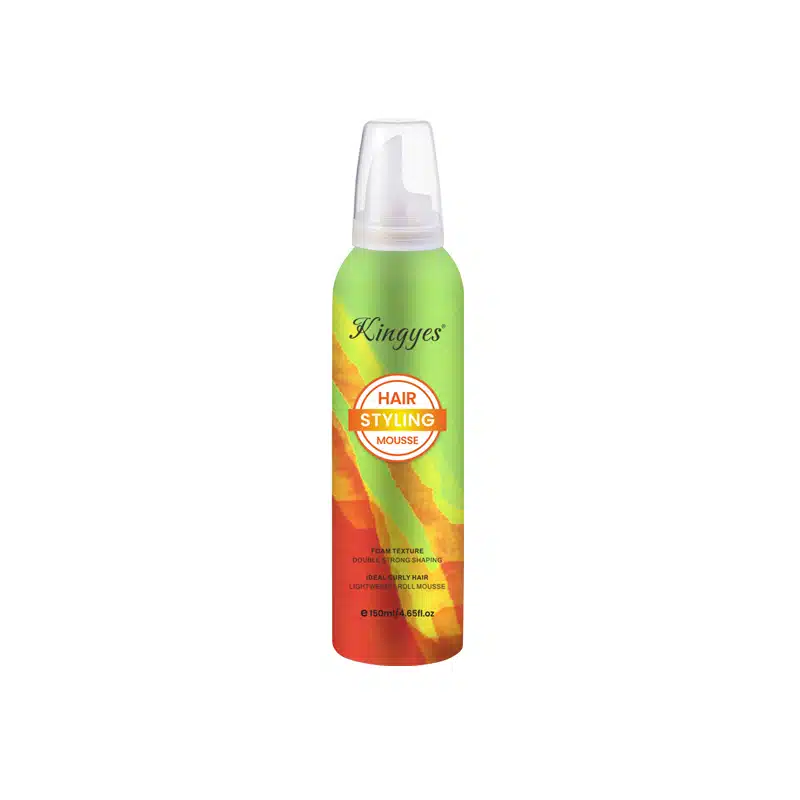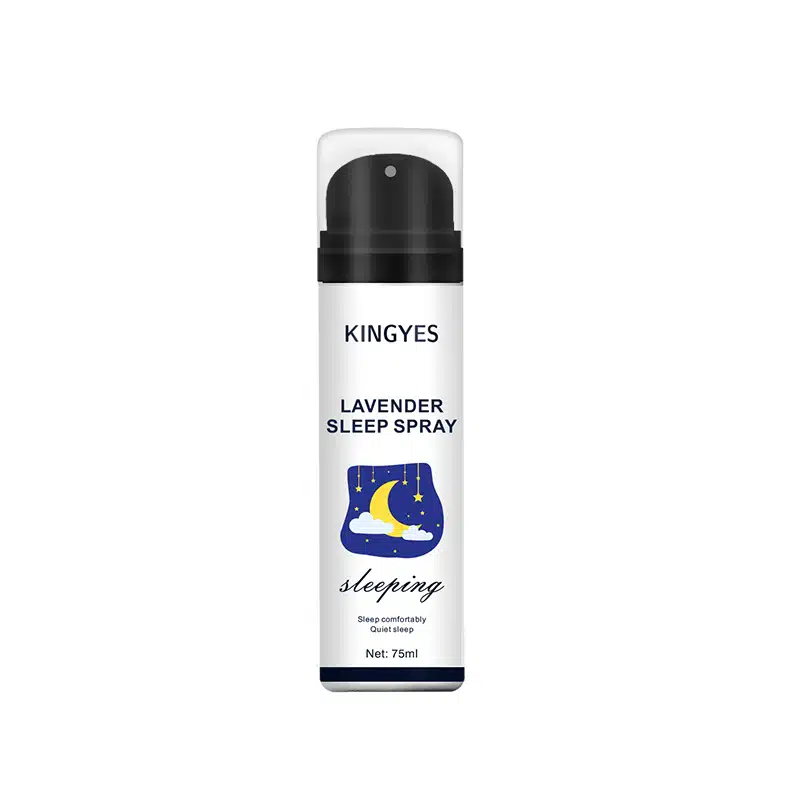
How Do I Sell My Beauty Products to Customers?
Inhoudsopgave
Selling Beauty: Your Guide on How to Sell Beauty Products to Customers
So you’ve developed an amazing beauty product and you’re ready to share it with the world. But how do you get it into the hands of eager customers? Successfully selling beauty products, whether online or in person, requires a strategic approach that encompasses product development, branding, marketing, sales, and customer service. This comprehensive guide will walk you through the essential steps of how to sell beauty products effectively, from identifying your target audience and choosing the right sales channels to crafting compelling marketing messages and building customer loyalty. Whether you’re launching a new beauty brand or looking to boost sales for your existing line, this article provides valuable insights and actionable tips to help you succeed in the competitive beauty industry.
Understanding Your Target Market and Competition: Who Will Buy Your Beauty Product?
Before you can effectively sell beauty products, you need to have a deep understanding of your target market and your competition. Knowing your audience and what they want is crucial. Who are your ideal customers? What are their needs, preferences, and pain points? Where do they shop for beauty products? What are their values and aspirations?
To understand your target market, consider the following:
- Demographics: What is the age, gender, location, income level, education level, and occupation of your target customers?
- Psychographics: What are your target customers’ lifestyles, interests, values, attitudes, and personality traits? What are their beauty routines and habits?
- Needs and Pain Points: What problems are your target customers trying to solve with beauty products? What are their unmet needs or desires? How can your product address those needs?
- Shopping Behaviors: Where do your target customers typically shop for beauty products? Do they prefer to shop online, in-store, or both? What factors influence their purchasing decisions (e.g., price, quality, brand reputation, reviews, recommendations)?
Conducting thorough market research can help you gain insights into your target market. This may involve analyzing industry reports, studying competitor brands, surveying potential customers, and monitoring social media conversations. You can also use online tools like Google Trends, social media analytics, and keyword research tools to understand consumer preferences and search behavior. Many online sellers find success by doing thorough research.
In addition to understanding your target market, you also need to analyze your competition. Who are your main competitors, both online and offline? What are their strengths and weaknesses? How are they positioning their brands and products? What are their pricing and marketing strategies? Identifying your competitors and understanding their strategies can help you differentiate your brand, identify opportunities in the market, and refine your own approach to selling. You need to analyze what other beauty brands are doing.
Choosing the Right Sales Channels: Where Will You Sell Beauty Products?
Once you have a clear understanding of your target market and your competition, you need to choose the right sales channels for your beauty products. Where will you sell your beauty products? The optimal channels will depend on your product, your target audience, your budget, and your business goals.
Here are some common sales channels for beauty products:
- Your Own Ecommerce Website: Creëer je eigen online store gives you full control over your brand, your customer data, and the shopping experience. You can use platforms like Shopify, WooCommerce, or BigCommerce to build and manage your ecommerce website. This is a popular choice for many beauty brands. Many successful beauty brands choose to build their own online presence.
- Online marktplaatsen: Selling on established online marketplaces like Amazon, eBay, or Etsy can give you access to a large existing customer base. However, you’ll need to consider the fees, competition, and branding limitations associated with each marketplace. You’ll need to decide if you’ll sell primarily on Amazon or another marketplace, or if you will use them in addition to your own website.
- Sociale mediaplatformen: Platforms like Instagram, Facebook, and TikTok offer opportunities to sell directly to consumers through features like shoppable posts, in-app checkout, and live stream shopping. Social media can be a powerful sales channel for beauty brands, especially if you have a strong social media presence and an engaged audience. You can promote your beauty products and make sales all on one platform.
- Physical Retail Stores: If you have a brick-and-mortar store or are considering opening one, you can sell your products in person. This allows you to provide a hands-on shopping experience and build relationships with local customers. You can also consider partnering with existing retailers to carry your products in their stores.
- Pop-Up Shops and Events: Participating in pop-up shops, markets, trade shows, and other events can be a great way to sell your products in person, generate buzz, and connect with potential customers and industry contacts. You can attend beauty industry trade shows to network and promote your products.
- Wholesale: U kunt sell your beauty products wholesale to other retailers, spas, salons, or distributors. This can help you expand your reach and increase your sales volume, but it typically involves lower profit margins than selling direct to consumers.
When choosing your sales channels, consider the following factors:
- Where your target customers shop: Choose channels that align with your target customers’ shopping preferences and behaviors.
- Your product type: Sommige beauty products may be better suited for certain channels than others. For example, high-end or niche products may be more successful on specialized ecommerce platforms or in select retail stores, while mass-market products may be a good fit for marketplaces or drugstores.
- Your budget: Different sales channels have different costs associated with them. Consider the setup costs, transaction fees, commissions, and ongoing maintenance expenses for each channel.
- Your resources and expertise: Do you have the time, skills, and resources to manage multiple sales channels effectively? It may be better to start with one or two channels and expand as your business grows.
- Your brand image: Ensure that your chosen sales channels align with your brand image and values.
Veel beauty brands use a combination of sales channels to reach a wider audience and diversify their revenue streams. The key is to choose the channels that best align with your business goals, resources, and target market. The right channels will give customers the chance to check out products and make purchases easily.
Creating a Compelling Brand and Product Story: Why Should Customers Choose You?
In the crowded beauty market, a compelling brand and product story is essential for differentiating yourself from competitors and connecting with your target customers. Your brand story should communicate your brand’s values, mission, and unique selling proposition (USP). It should explain what makes your beauty products different, better, or special compared to others on the market. Your product story should highlight the key features, benefits, and ingredients of your products, and explain how they address your target customers’ needs and pain points.
To create a compelling brand and product story, consider the following:
- Identify your brand’s purpose: Why does your beauty brand exist? What problem are you trying to solve for your customers? What impact do you want to make on the world?
- Define your brand values: What principles and beliefs guide your brand? This could include a commitment to sustainability, cruelty-free practices, clean beauty, inclusivity, or other values that resonate with your target market.
- Highlight your unique selling proposition (USP): What sets your beauty products apart from the competition? This could be a unique ingredient, a proprietary formulation, a specific benefit, a novel packaging design, or a combination of factors.
- Tell your brand’s story: Share the story behind your brand, including your inspiration, your journey, and your vision for the future. Make it authentic, relatable, and engaging.
- Showcase your product’s benefits: Clearly communicate the benefits of using your beauty products. How will they improve your customers’ lives, appearance, or well-being? Focus on the results and outcomes that your target customers desire.
- Use high-quality visuals: Invest in professional product photography and videography that showcase your products in the best possible light. Use visuals to tell your brand and product story and to create an emotional connection with your audience.
- Be consistent: Ensure that your brand and product story is consistent across all touchpoints, including your website, product page, packaging, social media, and marketing materials.
A compelling brand and product story can help you attract and retain customers, build brand loyalty, and justify a premium price point. It can also help you stand out in a crowded market and make a lasting impression on your target audience. Your story should encourage customers to use your product.
Developing an Effective Marketing Strategy: How Will You Reach Your Target Customers?
A well-defined marketing strategy is crucial for promoting your beauty products and reaching your target customers. Your marketing strategy should encompass a mix of online and offline tactics tailored to your specific brand, product, and audience.
Here are some key components of an effective marketing strategy for beauty products:
- Set clear marketing objectives: Define what you want to achieve with your marketing efforts. This could include increasing brand awareness, driving traffic to your online store, generating leads, boosting sales, or building customer loyalty. Ensure your marketing objectives align with your overall business goals.
- Identify your target audience: Clearly define your target customers, including their demographics, psychographics, needs, pain points, and shopping behaviors. This will help you tailor your marketing messages and choose the most effective channels to reach them.
- Develop your key messages: Craft compelling marketing messages that communicate the unique value proposition of your beauty products en brand. Highlight the key benefits, features, and ingredients that differentiate your products from the competition.
Choose your marketing channels: Select the marketing channels that are most likely to reach your target market and align with your marketing objectives. This may include a mix of:
- Sociale mediamarketing: Use platforms like Instagram, Facebook, TikTok, and Pinterest to showcase your products, engage with your audience, and build a community around your brand. Consider using a mix of organic and paid social media tactics. You can market your products on social media very effectively.
- Influencer Marketing: Partner with beauty influencers who have a strong following among your target market. Influencers can create authentic and engaging content featuring your products, such as reviews, tutorials, and unboxing videos. This is a popular way to market cosmetic products.
- E-mailmarketing: Build an email list and use email marketing to nurture leads, promote new products, offer exclusive discounts, and share valuable content with your subscribers.
- Contentmarketing: Create valuable and informative content related to your niche and products, such as blog posts, videos, tutorials, and how-to guides. This can help to attract and educate potential customers, establish your brand as an authority in the beauty industry, and drive organic traffic to your website.
- Betaalde reclame: Consider using paid advertising platforms, such as Google Ads, Facebook Ads, and Instagram Ads, to reach a wider audience and drive targeted traffic to your online store. Experiment with different ad formats, targeting options, and messaging to optimize your campaigns.
- Public Relations: Seek opportunities to get your brand featured in relevant publications, blogs, and media outlets. This could involve sending out press releases, pitching stories to journalists, or participating in industry events.
- Zoekmachineoptimalisatie (SEO): Optimize your website and product pages for relevant keywords to improve your ranking in search engine results. This will help drive organic traffic to your online store.
Create a content calendar: Plan your marketing content in advance using a content calendar. This will help you stay organized, maintain consistency, and ensure that your content aligns with your marketing objectives and overall brand strategy.
- Monitor and analyze your results: Track the performance of your marketing campaigns using analytics tools. Monitor key metrics such as website traffic, engagement, conversion rates, and sales. Use this data to identify what’s working well and what needs improvement, and adjust your strategy accordingly.
Your marketing strategy should be flexible and adaptable, allowing you to respond to changes in the market, consumer behavior, and your business performance. Regularly review and refine your strategy to ensure that it remains effective and aligned with your goals. You may need to try several different marketing strategies before you find what works best for your brand.
Pricing Your Schoonheidsproducten: Finding the Sweet Spot
Pricing is a critical aspect of your beauty product strategy. It directly impacts your profitability, your brand positioning, and your ability to compete in the market. Setting the right price for your products requires careful consideration of several factors, including your costs, your target market’s willingness to pay, your competitors’ pricing, and your overall business goals.
Here are some common pricing strategies for beauty products:
- Cost-Plus Pricing: This involves calculating the total cost of producing and marketing your product, and then adding a markup percentage to determine the selling price. This method ensures that you cover your costs and achieve a desired profit margin, but it doesn’t take into account market demand or competitor pricing.
- Value-Based Pricing: This approach focuses on the perceived value of your product to the customer, rather than just the cost of production. If your product offers unique benefits, high-quality ingredients, or a strong brand story, you may be able to command a premium price. This strategy requires a deep understanding of your target market’s needs, preferences, and willingness to pay.
- Competitive Pricing: This involves setting your prices based on what your competitors are charging for similar products. You may choose to price your products slightly below, at, or above your competitors’ prices, depending on your brand positioning and overall strategy. This approach can help you remain competitive in the market, but it may also lead to price wars and lower profit margins.
- Penetration Pricing: This strategy involves setting a low initial price for your product to quickly gain market share and attract customers. This can be an effective way to launch a new beauty product or enter a new market, but it may be difficult to raise prices later on.
- Skimming Pricing: This involves setting a high initial price for your product to capitalize on early adopters’ willingness to pay a premium for new or innovative products. As the market becomes more saturated or competition increases, you can gradually lower the price. This strategy can work well for unique or high-end beauty products with strong demand.
- Psychological Pricing: This approach uses pricing tactics that play on consumer psychology to influence purchasing decisions. Examples include using prices that end in 9 (e.g., $9.99 instead of $10), offering discounts or promotions, or bundling products together at a slightly lower price than if they were purchased separately.
When pricing your beauty products, consider the following:
- Your Costs: Calculate all the costs associated with producing, marketing, and selling your product, including ingredient costs, packaging, manufacturing, labor, shipping, marketing, and overhead expenses. This is essential for setting a price.
- Your Target Market: Understand your target customers’ price sensitivity and willingness to pay. Conduct market research to determine what price range they consider reasonable for a product like yours.
- Your Brand Positioning: Your pricing should align with your overall brand positioning. If you’re positioning your brand as a luxury or premium brand, your prices should reflect that. If you’re targeting a more budget-conscious market, your prices should be more competitive.
- Your Competitors: Analyze your competitors’ pricing strategies and determine where your product fits within the market landscape. Decide whether you want to position your product as a more affordable option, a premium alternative, or somewhere in between.
- Your Profit Goals: Determine your desired profit margin per unit and per sale. Ensure that your pricing strategy allows you to achieve these profit goals while remaining competitive.
Pricing is not a one-time decision. You should regularly review and adjust your pricing based on market conditions, customer feedback, and your business performance. You may also need to adjust your pricing as your brand grows and evolves.
Providing Excellent Customer Service: Building Loyalty and Advocacy
In the competitive beauty industry, providing excellent customer service is not just a nice-to-have – it’s a necessity. Your customers have countless options when it comes to purchasing cosmetic products, and their experience with your brand can be a key differentiator. Exceptional customer service can help you build customer loyalty, generate positive word-of-mouth, and ultimately drive sales.
Here are some key principles of providing excellent customer service in the beauty industry:
- Be Responsive: Respond to customer inquiries, comments, and complaints promptly and professionally. Aim to answer emails and social media messages within 24 hours, if not sooner. If you offer live chat or phone support, ensure that these channels are adequately staffed and that wait times are minimal.
- Be Knowledgeable: Ensure that your customer service team is well-trained on your products, ingredients, and usage instructions. They should be able to answer customers’ questions accurately and confidently, and provide personalized recommendations based on individual needs and preferences. Use your product knowledge to provide helpful and informed responses.
- Be Empathetic: Train your customer service team to listen actively to customers, empathize with their concerns, and show genuine care and understanding. Customers should feel heard and valued, even if they are experiencing an issue with your product or service.
- Personalize the Experience: Whenever possible, personalize your interactions with customers. Use their name, reference their previous purchases or interactions, and tailor your recommendations to their specific needs and preferences. This can help to build a stronger connection with your customers.
- Go Above and Beyond: Look for opportunities to exceed customer expectations and create memorable experiences. This could involve offering a small gift or discount as a token of apology for a delayed shipment, sending a handwritten thank-you note with an order, or proactively reaching out to customers to see how they are enjoying your products.
- Make it Easy to Contact You: Provide multiple channels for customers to contact you, such as email, phone, live chat, and social media. Clearly display your contact information on your website and make it easy to find.
- Solicit and Act on Feedback: Encourage customers to provide feedback on your products and service, and use that feedback to make improvements. This could involve sending out post-purchase surveys, monitoring online reviews, or actively engaging with customers on social media. Respond to both positive and negative feedback in a timely and professional manner.
- Empower Your Team: Give your customer service team the authority and autonomy to resolve customer issues on the spot, without needing to escalate every problem to a manager. This can help to speed up resolution times and improve customer satisfaction.
- Monitor Key Metrics: Track customer service metrics such as response time, resolution time, customer satisfaction (CSAT) scores, and Net Promoter Score (NPS). Use this data to identify areas for improvement and measure the effectiveness of your customer service efforts.
Excellent customer service can be a powerful differentiator for your beauty brand. By investing in training, empowering your team, and consistently going above and beyond for your customers, you can build a loyal customer base that will not only keep coming back but also recommend your brand to others. This will help you sell your beauty products more effectively.
Leveraging Social Media and Influencer Marketing: Spreading the Word
Social media and influencer marketing have become indispensable tools for beauty brands looking to reach and engage with their target audiences. Platforms like Instagram, Facebook, YouTube, TikTok, and Pinterest are visual-first, making them ideal for showcasing beauty products and creating engaging content that resonates with beauty enthusiasts.
Here’s how you can leverage social media and influencer marketing to promote your beauty brand:
- Create a Strong Social Media Presence: Establish a presence on the social media platforms where your target market spends their time. Develop a consistent brand voice and visual aesthetic that aligns with your overall brand identity. Share high-quality images and videos of your products, along with engaging and informative content that provides value to your audience. You should make regular social media posts.
- Engage with Your Audience: Social media is not just about broadcasting your message; it’s about building relationships with your followers. Respond to comments and messages promptly, answer questions, participate in relevant conversations, and show appreciation for your customers. Encourage user-generated content by creating a branded hashtag and featuring customer photos and reviews on your profile.
- Partner with Influencers: Influencer marketing can be a highly effective way to reach new audiences and build credibility for your brand. Identify influencers in your niche who have a genuine connection with your target market and whose values align with your brand. Collaborate with them to create authentic and engaging content featuring your products, such as reviews, tutorials, unboxing videos, or sponsored posts.
- Run Contests and Giveaways: Contests and giveaways can be a great way to generate excitement around your brand, grow your social media following, and collect user-generated content. Consider offering your products as prizes, or partner with other brands or influencers to create even more enticing giveaways.
- Use Paid Social Media Advertising: Social media platforms offer sophisticated targeting options that allow you to reach specific demographics, interest groups, and even individuals who have previously engaged with your brand or website. Experiment with different ad formats, such as image ads, video ads, carousel ads, and story ads, to see what resonates best with your audience.
- Monitor Social Media Trends: Stay up-to-date with the latest social media trends, features, and best practices. Be prepared to adapt your strategy as new platforms and formats emerge. For example, the rise of short-form video platforms like TikTok has created new opportunities for beauty brands to engage with younger audiences through creative and entertaining video content.
When working with influencers, it’s important to:
- Choose influencers carefully: Look for influencers who have a genuine interest in your niche, an engaged audience that matches your target market, and a track record of creating high-quality, authentic content.
- Establish clear expectations: Before partnering with an influencer, clearly define your goals, expectations, and deliverables. This should include the type of content you want them to create, the platforms they should post on, the timeline, and the compensation.
- Comply with disclosure guidelines: Ensure that influencers clearly disclose their relationship with your brand in accordance with FTC guidelines and other relevant regulations. This typically involves using hashtags like #ad, #sponsored, or #partner in their posts.
- Track and measure results: Monitor the performance of your influencer marketing campaigns using metrics such as reach, engagement, website traffic, and sales. Use this data to evaluate the effectiveness of different influencers and content types, and refine your strategy over time.
Social media and influencer marketing can be powerful tools for building brand awareness, driving traffic to your online store, and generating sales for your beauty brand. However, they require a strategic approach, consistent effort, and a willingness to experiment and adapt to the ever-changing social media landscape.
Selling Cosmetics In Person: Events, Pop-Ups, and Retail Partnerships
Terwijl ecommerce is a crucial sales channel for many beauty brands, selling in person can still be a valuable way to connect with customers, build brand awareness, and drive sales. In-person sales can take various forms, including participating in events and trade shows, hosting pop-up shops, and partnering with established retailers. These are great ways to sell your products in person.
Here are some benefits of selling cosmetica in person:
- Direct Customer Interaction: Selling in person allows you to interact directly with your customers, answer their questions, provide personalized recommendations, and get immediate feedback on your products. This can help you build stronger relationships with your customers and gain valuable insights into their needs and preferences.
- Hands-On Experience: In tegenstelling tot online shopping, selling in person allows customers to see, touch, smell, and try je products before they buy. This can be particularly important for cosmetisch products, where factors like texture, scent, and color payoff can significantly influence purchasing decisions.
- Brand Building: In-person events and pop-up shops can be powerful brand-building opportunities. They allow you to create a unique and memorable experience for your customers that reflects your brand identity and values. You can use these events to tell your brand story, showcase your products in a visually appealing way, and create a sense of excitement and exclusivity.
- Immediate Sales: Selling in person allows for immediate sales, which can be particularly beneficial for new brands looking to generate revenue and build momentum. You can also offer exclusive in-person deals and promotions to incentivize purchases.
- Networking Opportunities: Participating in events and trade shows allows you to connect with other industry professionals, including retailers, distributors, suppliers, influencers, and media. These connections can lead to valuable partnerships and opportunities for your brand.
Here are some ways to sell cosmetica in person:
- Trade Shows and Events: Beauty industry trade shows, such as Cosmoprof, IBS, and Premiere, offer a platform to showcase your products to a large audience of industry professionals, including retailers, distributors, salon owners, and beauty experts. You can also participate in consumer-facing events, such as beauty festivals, pop-up markets, and craft fairs, to reach your target market directly. This is a great way to sell your products.
- Pop-Up Shops: A pop-up shop is a temporary retail space that allows you to create a unique brand experience and sell your products in a specific location for a limited time. Pop-ups can be a great way to test new markets, generate buzz, and connect with customers in a more intimate setting. You can set up a pop-up shop in a vacant retail space, a gallery, or even a mobile vehicle like a truck or trailer.
- Retail Partnerships: Partnering with established retailers to carry your products in their stores can significantly expand your reach and sales potential. This could involve selling your products wholesale to retailers or setting up a consignment arrangement where you pay a percentage of sales to the retailer. When choosing retail partners, consider their target audience, store aesthetic, and overall brand alignment.
- In-Home Parties: Similar to the Tupperware model, you can host in-home parties where you or your representatives demonstrate and sell your products to a group of potential customers in a relaxed and social setting. This can be an effective way to generate word-of-mouth referrals and build personal relationships with your customers.
- Salons and Spas: If your products are suitable for professional use, consider partnering with salons and spas to offer your products as part of their services or to sell them directly to their clients. This can be a great way to reach a targeted audience of beauty enthusiasts and leverage the credibility of established businesses.
Selling in person requires careful planning, preparation, and investment. You’ll need to consider factors such as booth or space rental, displays and signage, staffing, inventory, payment processing, and marketing to attract customers to your location. However, the benefits of in-person selling, such as direct customer interaction, hands-on product experience, and immediate sales, can make it a valuable addition to your overall sales strategy.
Measuring Your Success and Optimizing Your Strategy: How Will You Improve?
Naar ensure the long-term success of your beauty ecommerce business, it’s crucial to regularly measure your performance, analyze your results, and optimize your strategy based on data and insights. Tracking key metrics and using analytics tools can help you understand what’s working well, what’s not, and where you can make improvements to drive growth and profitability.
Here are some key metrics to track for your beauty ecommerce business:
- Website Traffic: Monitor the number of visitors to your website, as well as the sources of that traffic (e.g., organic search, social media, paid ads, email). This can help you understand which marketing channels are most effective in driving traffic to your online store.
- Conversion Rate: Track the percentage of website visitors who make a purchase. This is a key indicator of the effectiveness of your website design, product pages, and checkout process. A low conversion rate may indicate that there are barriers to purchase that need to be addressed.
- Average Order Value (AOV): Calculate the average amount that customers spend per order. You can use this metric to track the effectiveness of your upselling and cross-selling efforts, as well as your pricing and promotions.
- Customer Acquisition Cost (CAC): Determine how much it costs to acquire a new customer. This can be calculated by dividing your total marketing and advertising spend by the number of new customers acquired during a specific period. Monitoring your CAC can help you optimize your marketing spend and ensure that you’re acquiring customers profitably.
- Customer Lifetime Value (CLTV): Estimate the total revenue a customer will generate for your business throughout their entire relationship with your brand. This metric can help you make informed decisions about how much to invest in customer acquisition and retention.
- Repeat Purchase Rate: Track the percentage of customers who make more than one purchase from your store. This is an indicator of customer loyalty and satisfaction. A high repeat purchase rate suggests that customers are happy with your products and brand experience.
- Cart Abandonment Rate: Monitor the percentage of customers who add products to their cart but do not complete the purchase. A high cart abandonment rate may indicate issues with your checkout process, shipping costs, or payment options.
- Return and Refund Rates: Track the percentage of orders that are returned or refunded. High return and refund rates may indicate issues with product quality, inaccurate product descriptions, or problems with shipping and fulfillment.
- Customer Satisfaction: Measure customer satisfaction using metrics such as Net Promoter Score (NPS), customer satisfaction (CSAT) scores, and customer reviews. This can help you identify areas where you can improve the customer experience and build stronger relationships with your customers.
- Social Media Engagement: Monitor your social media engagement metrics, such as likes, comments, shares, and follower growth. This can help you assess the effectiveness of your social media marketing efforts and identify opportunities to better connect with your audience.
Use analytics tools like Google Analytics, Shopify analytics, and social media analytics dashboards to track these metrics and gain insights into your business performance. Regularly review your data and look for trends, patterns, and areas for improvement.
Based on your analysis, you can optimize various aspects of your ecommerce business, such as:
- Website Design and User Experience: Improve your website’s navigation, design, and functionality to enhance the user experience and increase conversion rates. This may involve A/B testing different website elements, optimizing your site for mobile devices, and simplifying the checkout process.
- Product Assortment and Merchandising: Analyze your sales data to identify your best-selling and worst-selling products. Consider expanding your product line with new offerings that complement your existing products or cater to emerging trends. Optimize your product pages with high-quality images, detailed descriptions, and customer reviews.
- Marketing and Advertising: Refine your marketing and advertising campaigns based on performance data. Experiment with different channels, targeting options, ad creatives, and messaging to find what works best for your brand en target market. Allocate your budget to the most effective channels and continuously optimize your campaigns for better ROI.
- Pricing and Promotions: Adjust your pricing and promotions based on customer demand, competitor pricing, and your profitability goals. Test different pricing strategies, such as discounts, bundles, and free shipping offers, to see what drives the most sales and profits.
- Shipping and Fulfillment: Optimize your shipping and fulfillment processes to reduce costs, improve delivery times, and enhance the customer experience. Consider offering multiple shipping options, providing accurate tracking information, and using branded packaging to reinforce your brand identity.
- Customer Service: Use customer feedback and data to identify areas where you can improve your customer service. This may involve providing additional training to your customer service team, implementing new support channels, or streamlining your returns and exchanges process.
By continuously measuring, analyzing, and optimizing your ecommerce operations, you can improve your business performance, increase customer satisfaction, and drive sustainable growth.
Navigating Legal and Regulatory Requirements: Staying Compliant
When selling beauty products, it’s crucial to comply with all relevant legal and regulatory requirements. These requirements can vary depending on the country or region where you’re selling, but they generally cover areas such as product safety, labeling, ingredients, and marketing claims.
Here are some key legal and regulatory considerations for selling beauty products:
- Product Safety: Cosmetisch products must be safe for their intended use under normal or reasonably foreseeable conditions. Cosmetisch manufacturers are responsible for ensuring the safety of their products before marketing them. This may involve conducting safety assessments, testing for potential irritants or allergens, and following Good Manufacturing Practices (GMP) to prevent contamination and ensure product integrity.
- Ingredient Restrictions: Some ingredients are prohibited or restricted from use in cosmetisch products due to safety concerns. For example, the FDA has prohibited or restricted the use of certain ingredients in cosmetica in the United States, including bithionol, mercury compounds, vinyl chloride, and certain cattle materials. Cosmeticaproducenten moet ensure that their products do not contain any prohibited ingredients and that any restricted ingredients are used within the allowable limits.
- Vereisten voor etikettering: Cosmetisch product labels must comply with specific labeling requirements, which can vary by country. In the United States, for example, the FDA requires that cosmetisch labels include an ingredient declaration, the net quantity of contents, the name and place of business of the manufacturer, packer, or distributor, and any necessary warning or caution statements. Labels must be truthful and not misleading.
- Goede productiepraktijken (GMP): While the FDA has not issued mandatory GMP regulations for cosmetica, they have published GMP guidelines that provide recommendations on best practices voor cosmetic manufacturing. These guidelines cover areas such as personnel, premises, equipment, production, process controls, and laboratory controls. Adhering to GMP principles can help ensure de quality and safety van cosmetic products.
- Registration and Notification: Some countries require cosmetisch manufacturers or distributors to register their products or facilities with the relevant regulatory authorities before placing products on the market. For example, the EU requires that all cosmetic products be notified through the Cosmetic Products Notification Portal (CPNP) before being placed on the EU market. In the U.S., the FDA offers a voluntary cosmetisch registration program (VCRP).
- Advertising and Claims: Cosmetisch advertising and marketing claims must be truthful, not misleading, and substantiated by competent and reliable evidence. Cosmetisch products cannot make drug claims (i.e., claims that the product can treat or prevent a disease or affect the structure or function of the body). Cosmetic companies should carefully review their advertising and marketing materials to ensure compliance with relevant regulations.
- Animal Testing: Some countries or regions have implemented bans or restrictions on animal testing voor cosmetica. For example, the EU has banned the sale of cosmetic products that have been tested on animals. Cosmetic companies should be aware of these regulations and ensure that their testing practices comply with the applicable laws in their target markets.
Navigating the legal and regulatory landscape for cosmetica can be complex, particularly for companies that sell their products internationally. It’s advisable to consult with legal and regulatory experts who specialize in the cosmetics industry to ensure that your products, labeling, and marketing practices comply with all applicable laws and regulations. Failure to comply can result in penalties, product recalls, and damage to your brand’s reputation.
Key Things to Remember:
- Selling beauty products requires a strategic approach that encompasses product development, branding, marketing, sales, and customer service.
- Understanding your target market and competition is crucial for developing effective strategies to sell your beauty products.
- Choosing the right sales channels, whether it’s your own ecommerce website, online marketplaces, social media, physical retail, or a combination, depends on your product, target audience, budget, and business goals.
- Creating a compelling brand and product story helps to differentiate your beauty brand and connect with customers on an emotional level.
- Developing an effective marketing strategy involves leveraging a mix of tactics, such as influencer marketing, social media, content marketing, email marketing, paid advertising, and public relations.
- Pricing your beauty products requires careful consideration of your costs, target market, competition, and overall business goals, with strategies ranging from cost-plus to value-based pricing.
- Providing excellent customer service, including personalized interactions, fast and reliable shipping, easy returns, and engaging content, is essential for building loyalty and advocacy
- Leveraging social media and influencer marketing can help beauty brands reach new audiences, build brand awareness, and drive ecommerce sales.
- Selling cosmetica in person through events, pop-ups, and retail partnerships can provide valuable opportunities for direct customer interaction, hands-on product experience, and immediate sales.
- Measuring your success and optimizing your strategy based on data and insights are crucial for continuous improvement and growth in the beauty ecommerce space.
By implementing these strategies and staying attuned to the evolving beauty en ecommerce landscape, you can increase your chances of successfully selling your beauty products and building a thriving business. Remember that success in the beauty industry requires a combination of passion, perseverance, adaptability, and a customer-centric approach.
Reacties
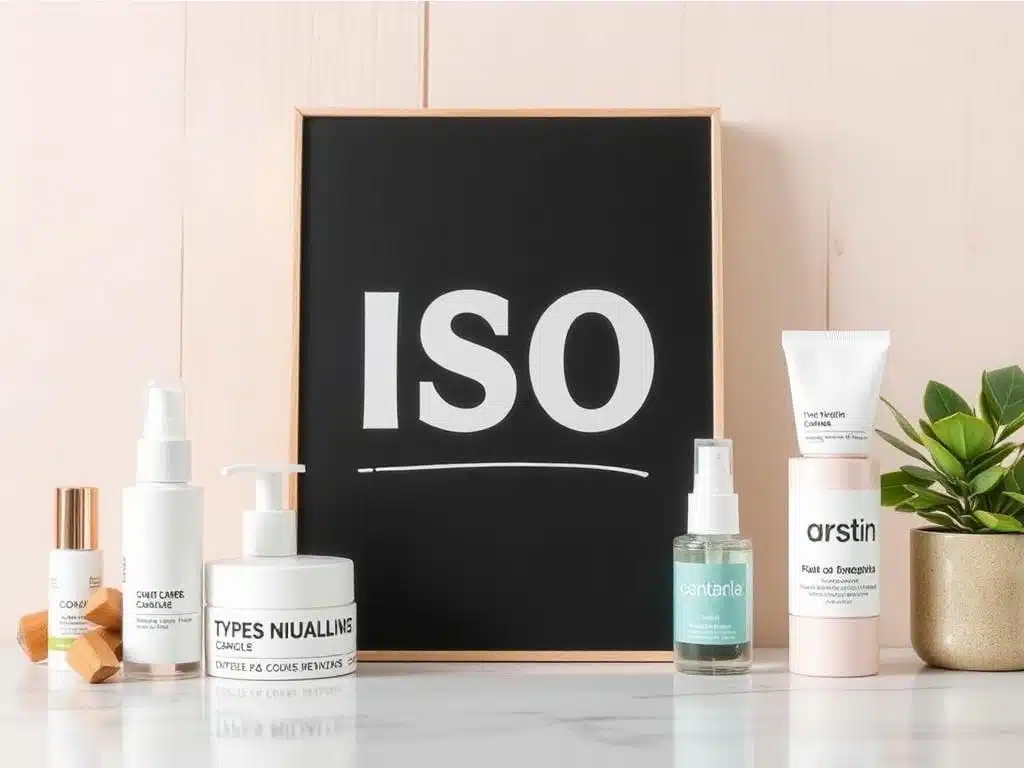
What Are The ISO Standards For Cosmetics?
In the competitive world of cosmetics, ensuring product quality and safety is paramount.
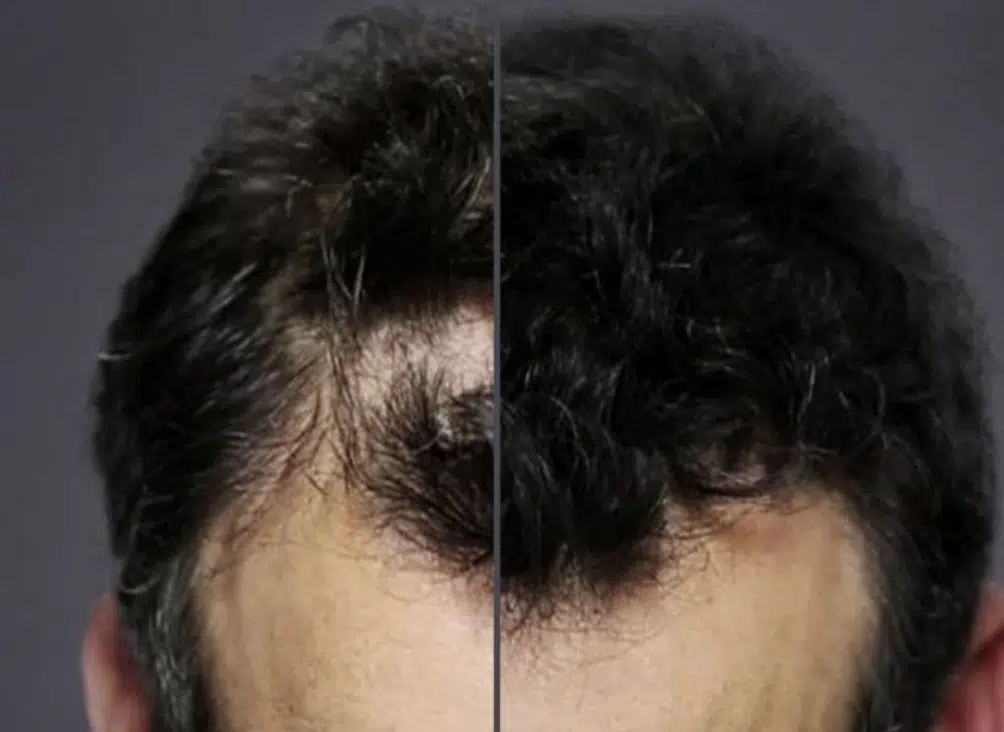
Hoe lang blijft Hair Fiber Spray op het haar zitten?
Begrijpen hoe lang haarvezels meegaan is cruciaal voor iedereen die dunner wordend haar effectief wil aanpakken.
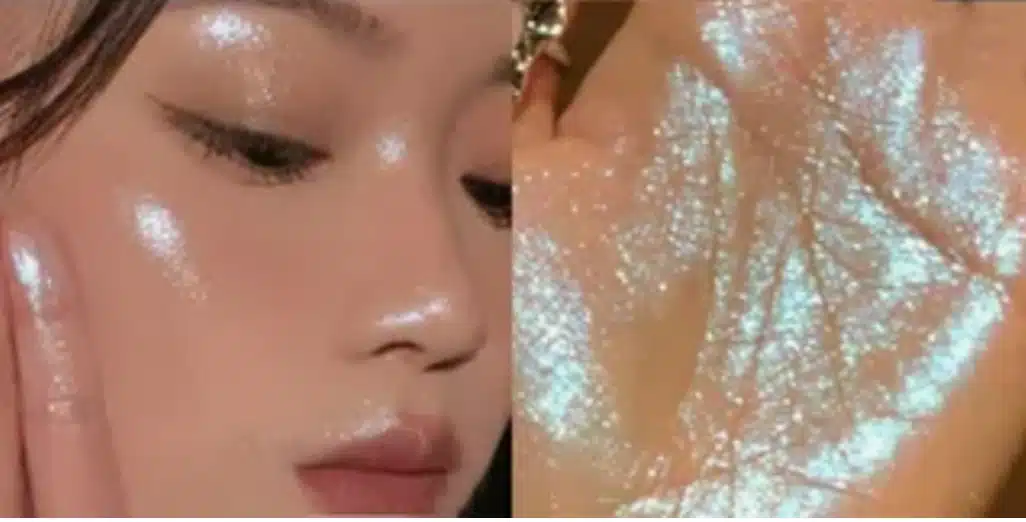
Wat is de eerste vloeibare highlighter of poeder?
Heb je ooit voor je make-upspiegel gestaan en je afgevraagd of je vloeibare highlighter voor of na de poeder moet aanbrengen?

Hoe de juiste haarborstel kiezen
Haarstylingproducten zijn gespecialiseerde formules die ontworpen zijn om kapsels te veranderen, te verbeteren en te onderhouden, en tegemoet te komen aan de meest uiteenlopende haartypes en stylingvoorkeuren.

Is zonnebrandspray beter dan zonnebrandcrème?
Heb je je ooit afgevraagd of een zonnebrandcrème in sprayvorm beter is dan een zonnebrandcrème in lotionvorm?
- +86 151 1839 7303
- [email protected]
- Ma t/m zo 07:00-23:00
Tags
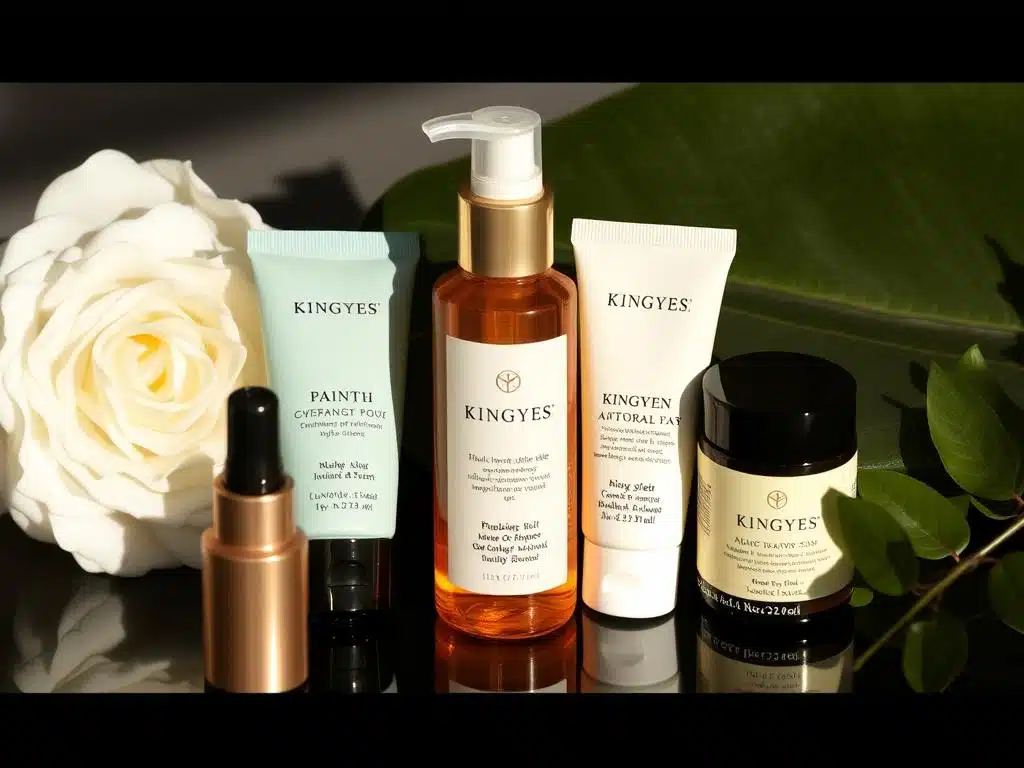
How To Sell Cosmetics On WeChat?
Are you ready to tap into the world’s largest beauty market?

How To Sell Cosmetics On Shopee?
Looking to sell cosmetics and tap into the booming e-commerce market of Southeast Asia?
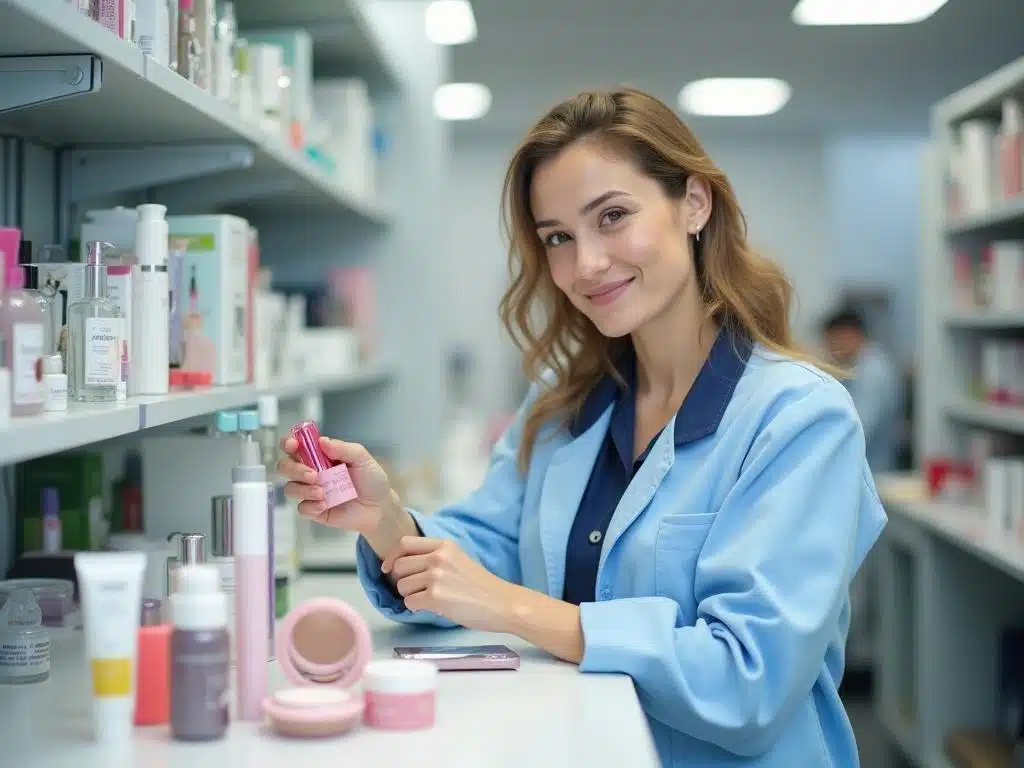
How To Cooperate With Cosmetics Factories?
In the dynamic and competitive beauty industry, partnering with the right cosmetic manufacturer is paramount to the success of your cosmetics business.

